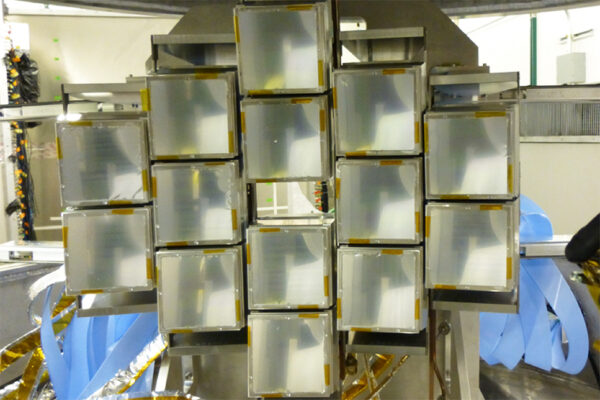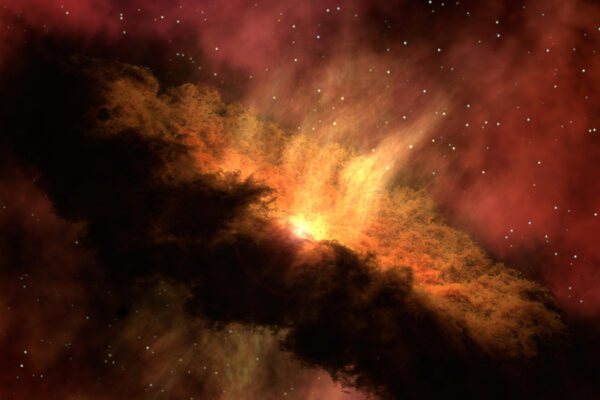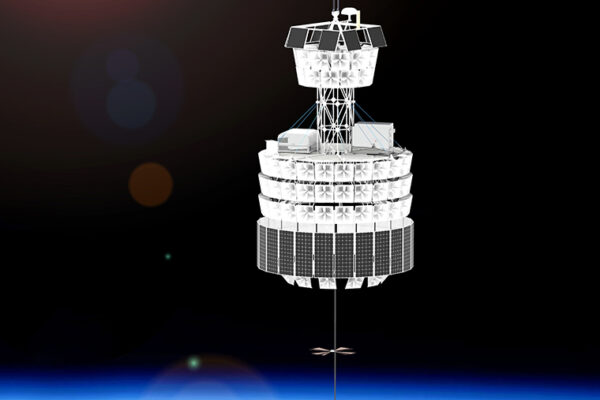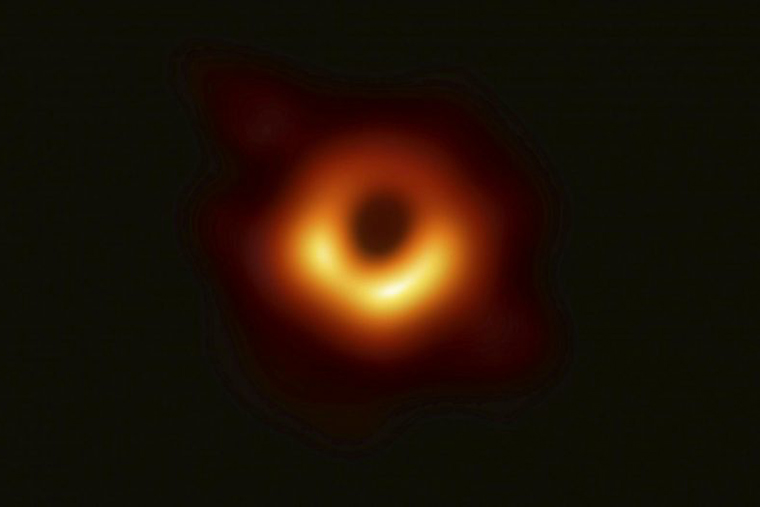
In April 2019, scientists released the first image of a black hole in the galaxy M87 using the Event Horizon Telescope (EHT). However, that remarkable achievement was just the beginning of the science story to be told. Michael Nowak, research professor of physics in Arts & Sciences at Washington University in St. Louis, contributed to this global effort.
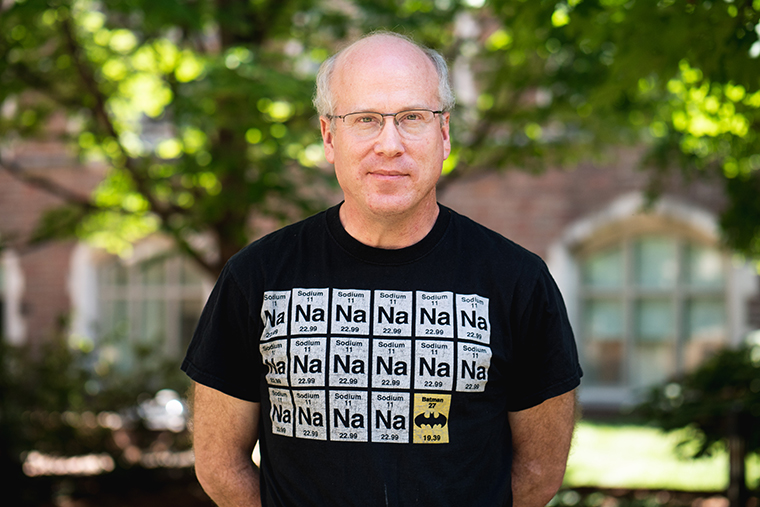
Two years later, data from 19 observatories were just released that promise to give unparalleled insight into this black hole and the system it powers and to improve tests of Einstein’s theory of general relativity.
“We knew that the first direct image of a black hole would be groundbreaking,” said Kazuhiro Hada of the National Astronomical Observatory of Japan, a co-author of a new study published in The Astrophysical Journal Letters to describe the large set of data. “But to get the most out of this remarkable image, we need to know everything we can about the black hole’s behavior at that time by observing over the entire electromagnetic spectrum.”
As a member of the EHT collaboration, Nowak is part of the team that completed the Chandra (low energy X-ray) and NuSTAR (high energy X-ray) components of the new observations. He is a co-author of the new study and worked on analyses of the energy spectra. Read the full announcement, “Telescopes Unite in Unprecedented Observations of Famous Black Hole,” shared by the EHT team.
The immense gravitational pull of a supermassive black hole can power jets of particles that travel at almost the speed of light across vast distances. M87’s jets produce light spanning the entire electromagnetic spectrum, from radio waves to visible light to gamma rays. This pattern is different for each black hole. Identifying this pattern gives crucial insight into a black hole’s properties (for example, its spin and energy output), but this is a challenge because the pattern changes with time.
Scientists compensated for this variability by coordinating observations with many of the world’s most powerful telescopes on the ground and in space, collecting light from across the spectrum. This was the largest simultaneous observing campaign ever undertaken on a supermassive black hole with jets.
